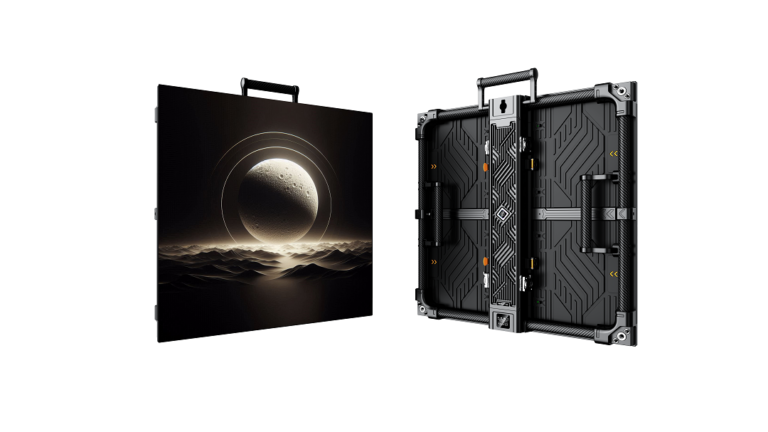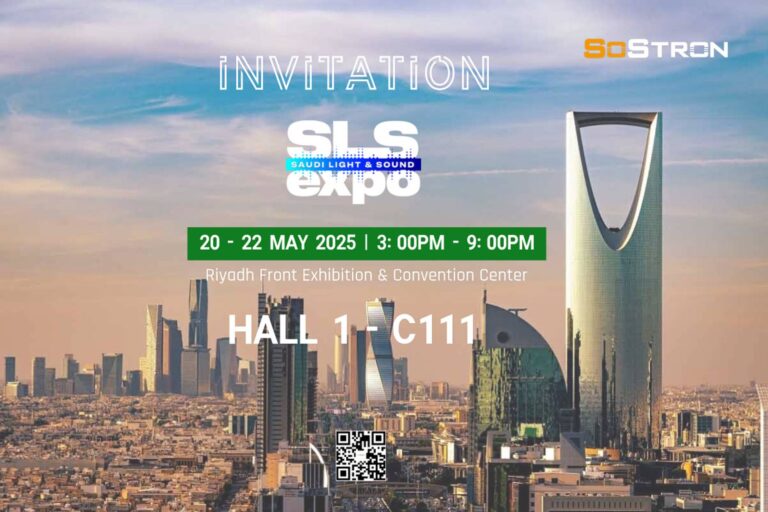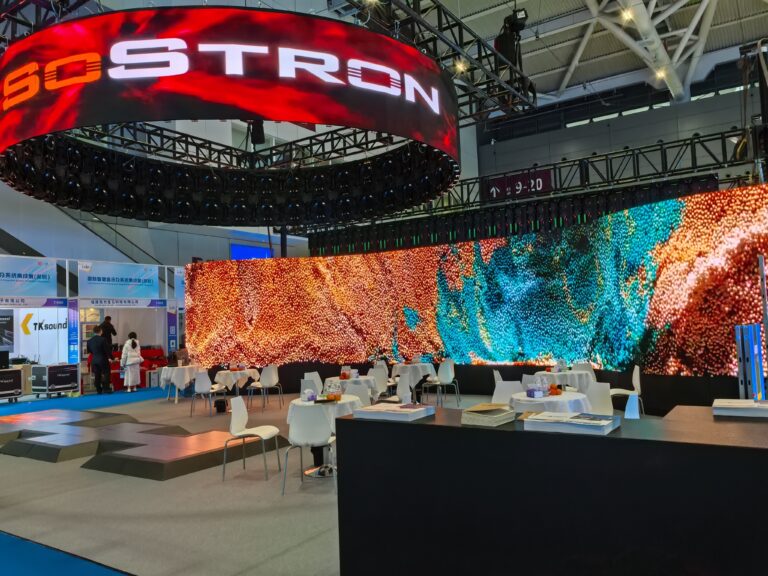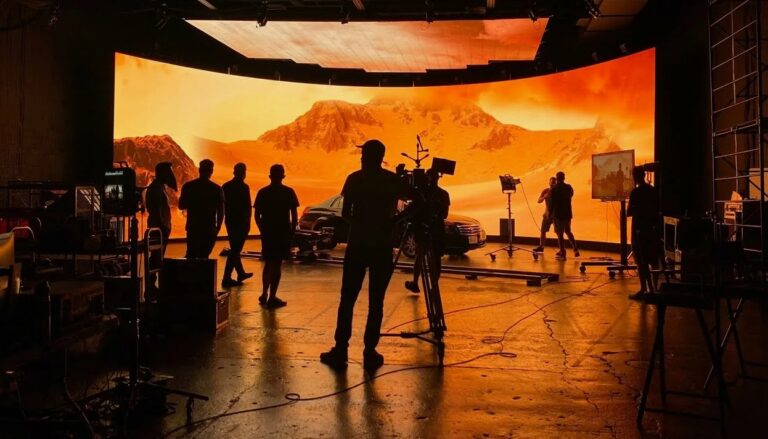In the wave of digital transformation, LED smart signage is evolving from a simple information display tool to a core medium for multi-scenario interactions. Through the integration of dynamic content, real-time data, and AI technology, smart signage is demonstrating unprecedented value in retail, healthcare, transportation, and other sectors. This article will explore how smart signage reshapes industry efficiency and user experience through technological analysis and real-life examples.
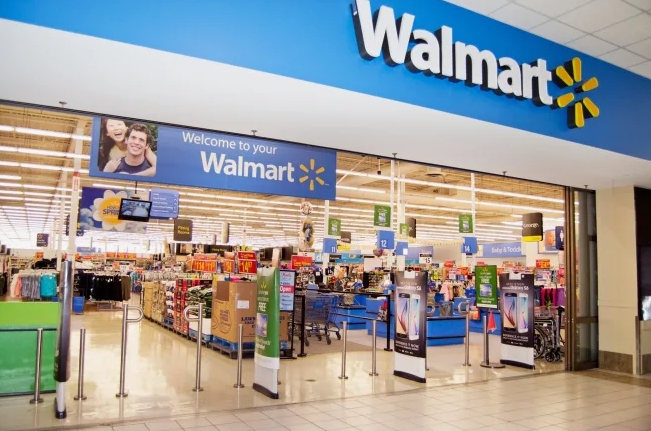
I. Retail Scenario: From Static Promotions to Immersive Shopping Experiences
-
Dynamic Promotions and Precise Marketing
Core Technology: Smart signage integrates with inventory systems via APIs to update product prices and promotional information in real-time.
Example: Walmart deployed AI-powered smart signage in North American stores, recommending seasonal products based on weather data (e.g., umbrella ads on rainy days), resulting in an 18% sales increase.
Advantage: Reduces labor costs for poster changes and improves information timeliness.
-
Virtual Fitting Rooms and Interactive Experiences
Core Technology: AR technology combined with cameras enables “virtual try-ons.”
Example: ZARA installed smart mirrors in its flagship store in Dubai, allowing customers to switch clothing colors and styles with a single button, improving try-on efficiency by 30%.
Trend: Small-pitch LED screens (P1.8-P2.5) are becoming standard in high-end retail stores.
-
Data-Driven Consumer Insights
Technology Extension: Facial recognition (anonymous processing) tracks foot traffic hotspots to optimize store layouts.
Example: Uniqlo in Japan used smart signage to analyze customer dwell times, adjusting display strategies and improving conversion rates by 22%.
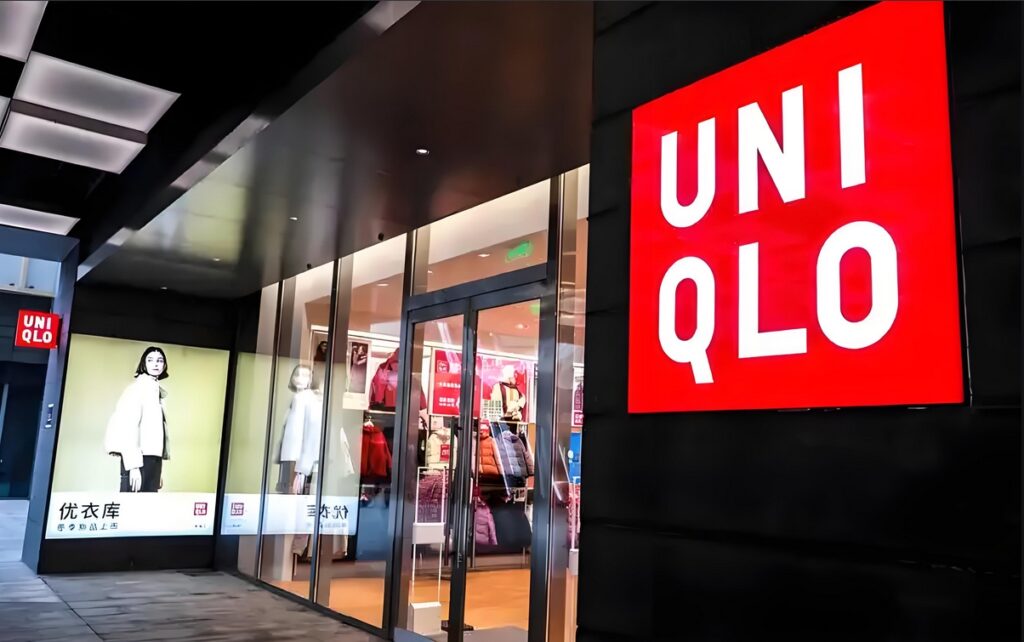
II. Healthcare Scenario: From Chaotic Navigation to Smart Service Hubs
-
Smart Navigation and Process Optimization
Core Technology: Integration with hospital HIS systems to display real-time registration and examination queue information.
Example: Peking Union Medical College Hospital deployed a smart signage network across its campus, reducing patient wait times by 40%.
Advantage: Reduces the burden on manual inquiries and improves patient satisfaction.
-
Remote Consultations and Health Education
Technology Application: 4K ultra-high-definition screens support remote medical consultations and loop health prevention knowledge.
Example: Mayo Clinic used smart signage to push personalized health videos to patients in waiting areas, increasing return visit rates by 15%.
Hardware Choice: Medical-grade antimicrobial screens (e.g., Samsung IPS panels) to adapt to disinfected environments.
-
Emergency Command and Information Synchronization
Scenario Requirement: Rapid release of pandemic guidelines and resource allocation information during public health emergencies.
Example: In 2023, a hospital in Singapore updated bed data in real time using smart signage to address flu surges, improving efficiency by 50%.
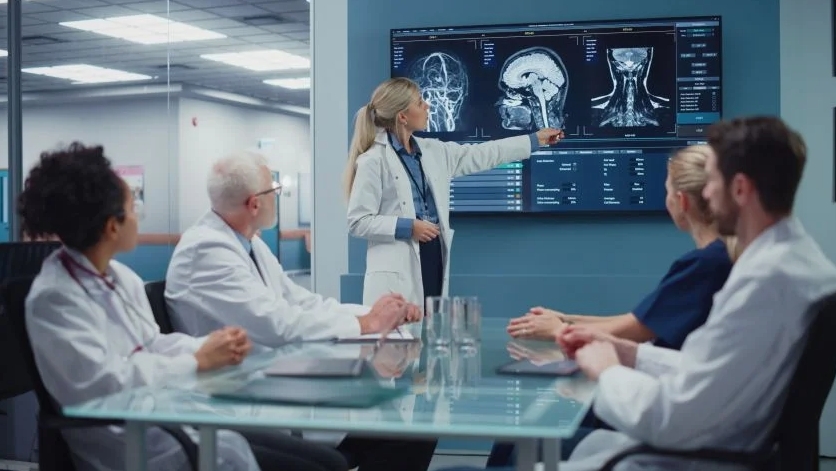
III. Transportation Scenario: From Static Road Signs to Urban Smart Nerves
-
Real-Time Public Transport Information
Technology Integration: GPS and IoT modules to dynamically display vehicle arrival times and route adjustments.
Example: London Underground upgraded its electronic station signs, reducing passenger complaints by 35%.
Hardware Requirements: Outdoor high-brightness screens (≥5000 nits) and IP65 protection level.
-
Smart Parking and Traffic Management
Application Scenario: Mall parking lots use LED screens to display vacancy navigation, reducing vehicle congestion.
Example: A parking lot in the UK adopted smart parking signage, cutting search times for cars from 15 minutes to 5 minutes.
Technology Extension: License plate recognition and payment systems work together to enable “seamless exit.”
-
Urban Security and Emergency Broadcasting
Function Expansion: In the event of an emergency, smart signage switches to emergency broadcasting and evacuation guidance.
Example: In Tokyo’s Shibuya intersection, smart screens broadcast evacuation routes during typhoons, improving public safety response efficiency by 60%.
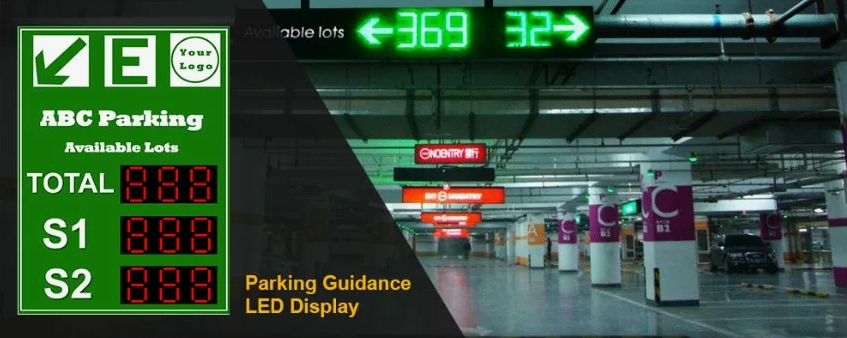
IV. Underlying Technologies Supporting Smart Signage
Hardware Selection Standards:
- Retail: High color reproduction (NTSC ≥90%) and wide viewing angles (178°).
- Healthcare: Low blue light certification and anti-glare design.
- Transportation: High/low temperature resistance (-30°C~70°C) and vandal-resistant glass.
Software Platform Features:
- Cloud-based content management (e.g., Scala, BrightSign).
- Multi-screen synchronization and regional control (e.g., NovaStar LED video processors).
Future Technology Integration:
- 5G and Edge Computing: Reduce latency and support real-time interaction.
- Digital Twin: Use signage data to build virtual models of environments, optimizing operational decisions.
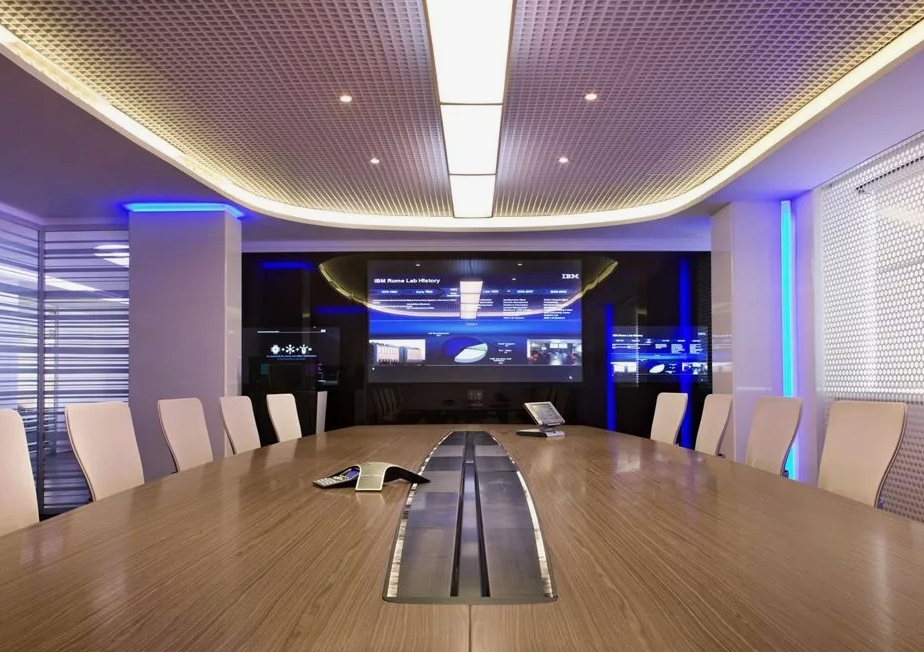
V. Three Key Suggestions for Businesses Implementing Smart Signage
-
Prioritize Demand:
- Retail focuses on “interactive experiences,” healthcare emphasizes “information accuracy,” and transportation highlights “real-time capabilities.”
-
Choose Scalable Solutions:
- Modular designs for easy upgrades (e.g., SoStron Reta series).
-
Focus on Data Security:
- Healthcare and transportation must comply with GDPR, HIPAA, and other privacy regulations.
Conclusion
Smart signage is more than just a “screen” for digital transformation; it is an intelligent terminal connecting users, data, and services. In the retail, healthcare, and transportation sectors, it drives efficiency and enhances user experiences through technological empowerment. For businesses, embracing this trend means gaining a “visible” competitive edge in the marketplace.

